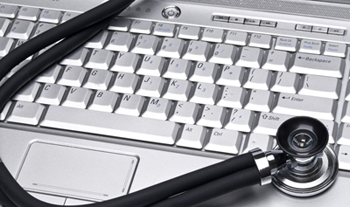 Healthcare documentation has become more efficient with professional medical transcription, and the industry is growing. Research by TechNavio indicates that the global medical transcription market is set to grow at a CAGR of about 6% over the period 2015-2019.
Healthcare documentation has become more efficient with professional medical transcription, and the industry is growing. Research by TechNavio indicates that the global medical transcription market is set to grow at a CAGR of about 6% over the period 2015-2019.
The TechNavio report covers the present scenario and the growth prospects of the market for the forecast period 2015-2019. It identifies the key factors driving the growth of the market as increased patient care and focus on automation and cost-effectiveness. Factors that pose challenges for the growth of the market, according to the report, are intense competition, and data quality and security concerns.
Key market trends include the growing popularity of speech recognition software and use of mobile health solutions. The report states that the market is well established but highly fragmented with the presence of many global and regional vendors offering multiple products and services, fueling competition and preventing the entry of new players.
Accurate and timely documentation of medical records helps in the interpretation and analysis of patient details, enabling physicians to take prompt treatment decisions. As the transcribed records are stored in a structured digital format, they are easy to interpret. With the adoption of new technology and improvements in the healthcare sector, the global medical transcription market is expected to gain various opportunities.
The report by Technavio indicates the growing popularity of speech recognition software, which, it is said, will transform the role of medical transcription services from speech to editing texts in the near future. Nevertheless, it must be noted that many physicians prefer manual transcription over voice recognition as the latter cannot correct many types of errors and does not work with simple or complex formatting, such as boldface, italics, automatically numbered lists, bulleted lists, tables, indents, and font changes. Moreover, with voice recognition and self-editing being done at the same time, the physician will have to continually shift his attention between both. Clearly, quality clinical documentation would require a proper blend of manual transcription services and these new technologies.


